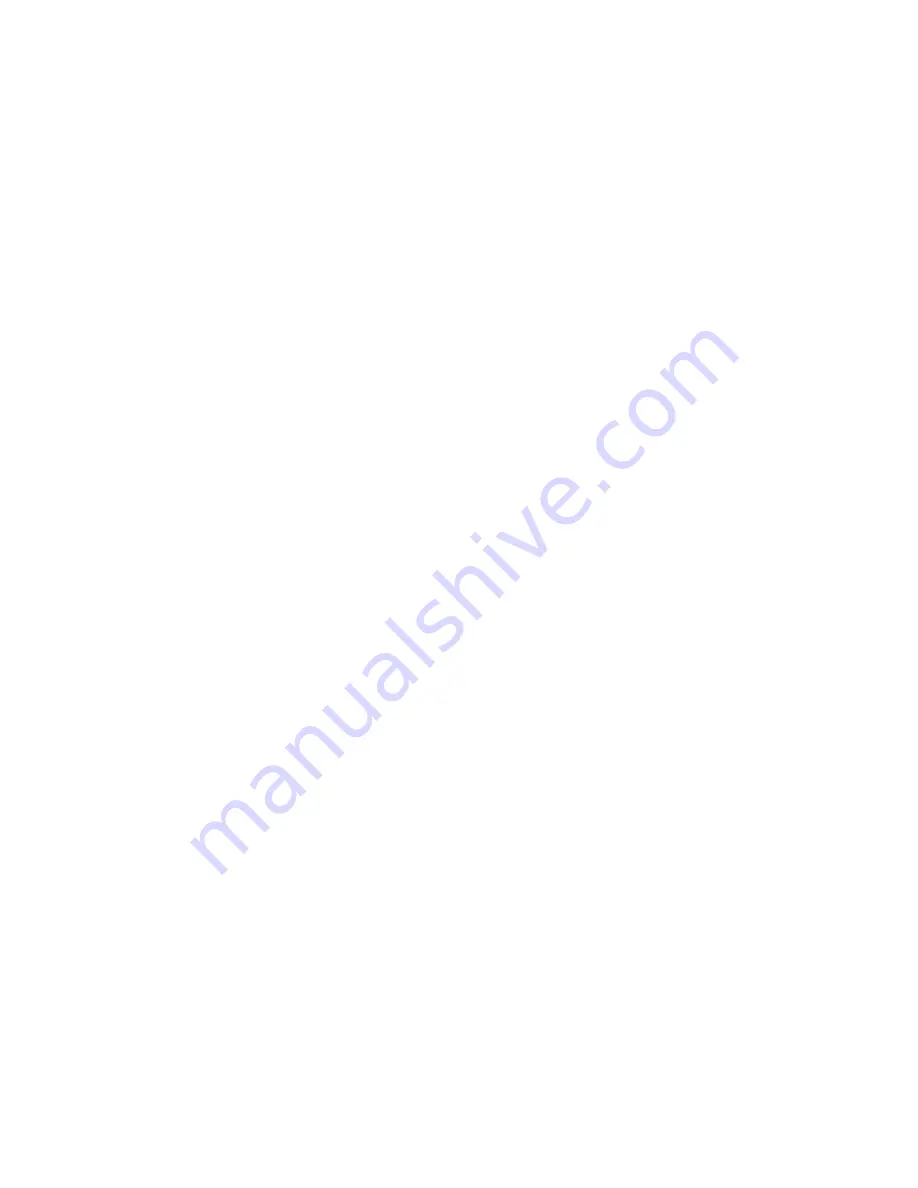
4
In the Scale text box, type the value by which to divide the sum of the brightness values
of the pixels included in the calculation.
5
In the Offset text box, type the value to be added to the result of the scale calculation.
Then click OK.
The effect is applied to each pixel in the clip, one at a time.
Note: Use the Load and Save buttons in the dialog box to save convolution settings in a
separate file, which you can then load for reuse in other instances of the effect.
Using Help | Contents | Index Back 266
Adobe Premiere Pro Help Applying Effects
Using Help | Contents | Index Back 266
Corner Pin
The Corner Pin effect distorts an image by changing the position of each of its four
corners. Use it to stretch, shrink, skew, or twist an image, or to simulate perspective or
movement that pivots from the edge of a layer, such as a door opening.
Corner Pin
A
. Original image
B.
Corner moved
C
. Final image
Crop
The Crop effect trims rows of pixels from the edges of a clip and automatically resizes the
trimmed clip to its original dimensions. Use the slider controls to crop each edge of the
clip separately. You can crop by pixels or image percentage.
If you don’t want Adobe Premiere Pro to automatically resize the trimmed clip to its
original dimensions, use the Clip effect instead of the Crop effect.
Crystallize
The Crystallize effect creates a distorted mosaic pattern by clumping adjacent pixels into a
solid-colored polygon shape, or
cell
. You can set the cell size from 3 pixels to 300 pixels.
Difference Matte Key
The Difference Matte Key effect creates transparency by comparing a source clip with a
difference clip, and then keying out pixels in the source image that match both the
position and color in the difference image. Typically, it is used to key out a static
background behind a moving object, which is then placed on a different background.
Often the difference layer is simply a frame of background footage (before the moving
object has entered the scene). For this reason, the Difference Matte Key is best used for
scenes that have been shot with a stationary camera.
Difference Matte Key
A
. Original image
B.
Background image
C
. Image on second track
D
. Final composite image
Directional Blur
The Directional Blur effect performs a directional blur on an image, giving a clip the
illusion of motion.
A B C
A B C D
Using Help | Contents | Index Back 267
Adobe Premiere Pro Help Applying Effects
Using Help | Contents | Index Back 267
Direction
Specifies the direction of the blur. The blur is applied equally around a pixel’s
center; therefore, a setting of 180° and a setting of 0° look the same.
Blur Length
Specifies how much to blur the image.
Drop Shadow
The Drop Shadow effect adds a shadow that appears behind the clip. The shape of the
Drop Shadow is determined by the clip’s alpha channel. Unlike most other effects, Drop
Shadow can create a shadow outside the bounds of the clip (the dimensions of the clip’s
source).






























